Roberto Rossellini | 1hr 26min

The tension between middle-aged couple Alex and Katherine Joyce has been slowly eroding their patience throughout their vacation, so when they finally resolve to divorce on the final day, a forced, impromptu visit to Pompeii is the last thing they want. As we have witnessed during their wanderings in Journey to Italy, this land is simultaneously alive with geothermal activity and stagnant with the sombre air of history, and here at Mt Vesuvius’ dig site we see both collide in the discovery of two exhumed bodies – a man and a woman. “They have found death like this together,” the archaeologist reflects, and all at once Katherine is mournfully hit by the sorrowful impermanence of her own marriage.
What are we to do with the small amount of time we have been granted on Earth, Roberto Rossellini ponders in Journey to Italy, and how do we let that define our relationships? Turning away from the war-ravaged European cities that defined his previous films, the Italian neorealist shoots among the ancient ruins and villas of southern Italy, where the past is petrified in worn, ageing stonework. The visual metaphor here is strong, casting Alex and Katherine’s decaying marriage against crumbled walls and weathered pillars, while the bones of those who passed away millennia ago are preserved in an adoption program run at Fontanelle cemetery. Life is short, yet its remnants may survive the rise and fall of empires – so even after Katherine inevitably becomes dust one day, is her bitter contempt somehow destined to live forever?
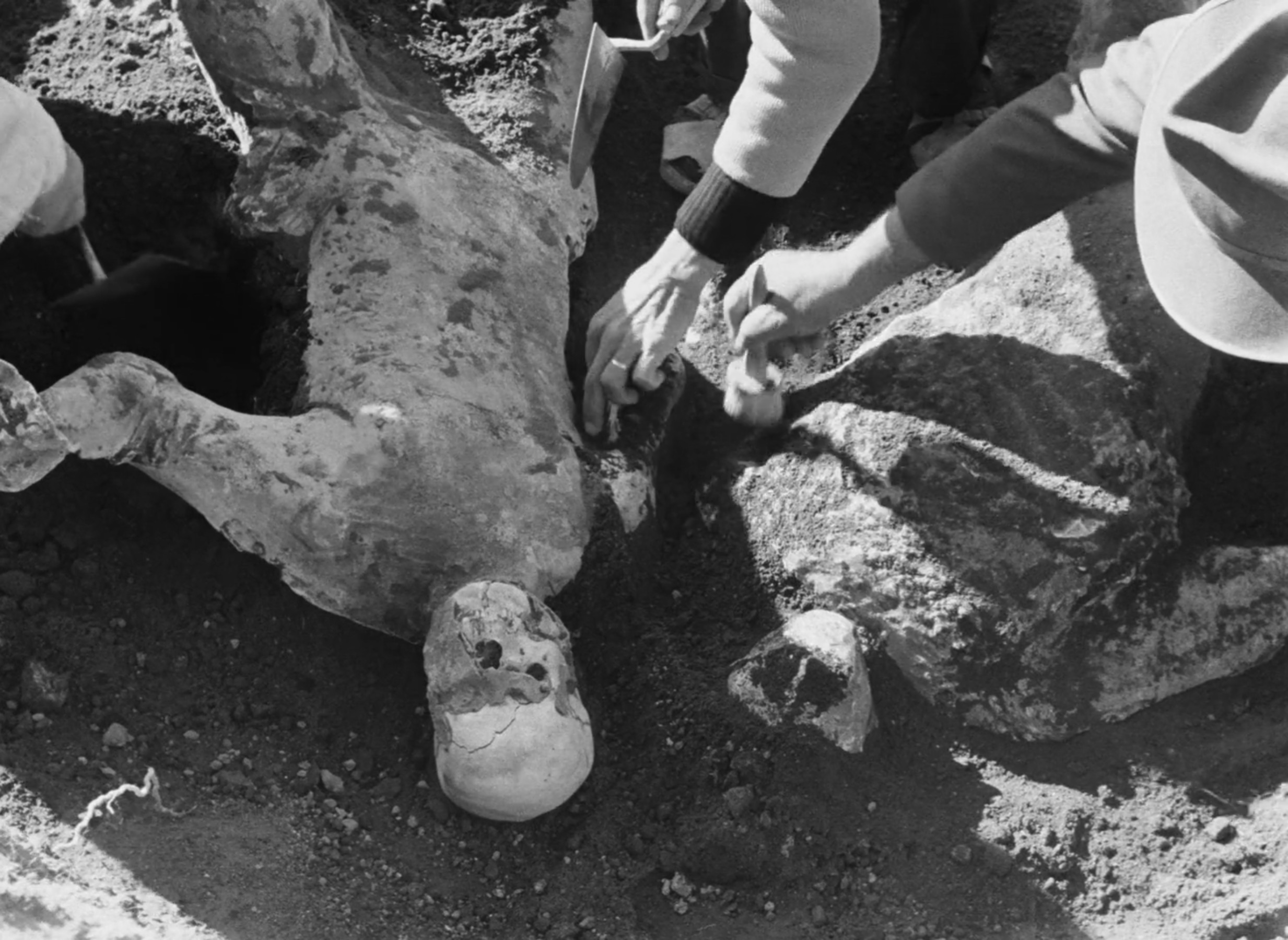
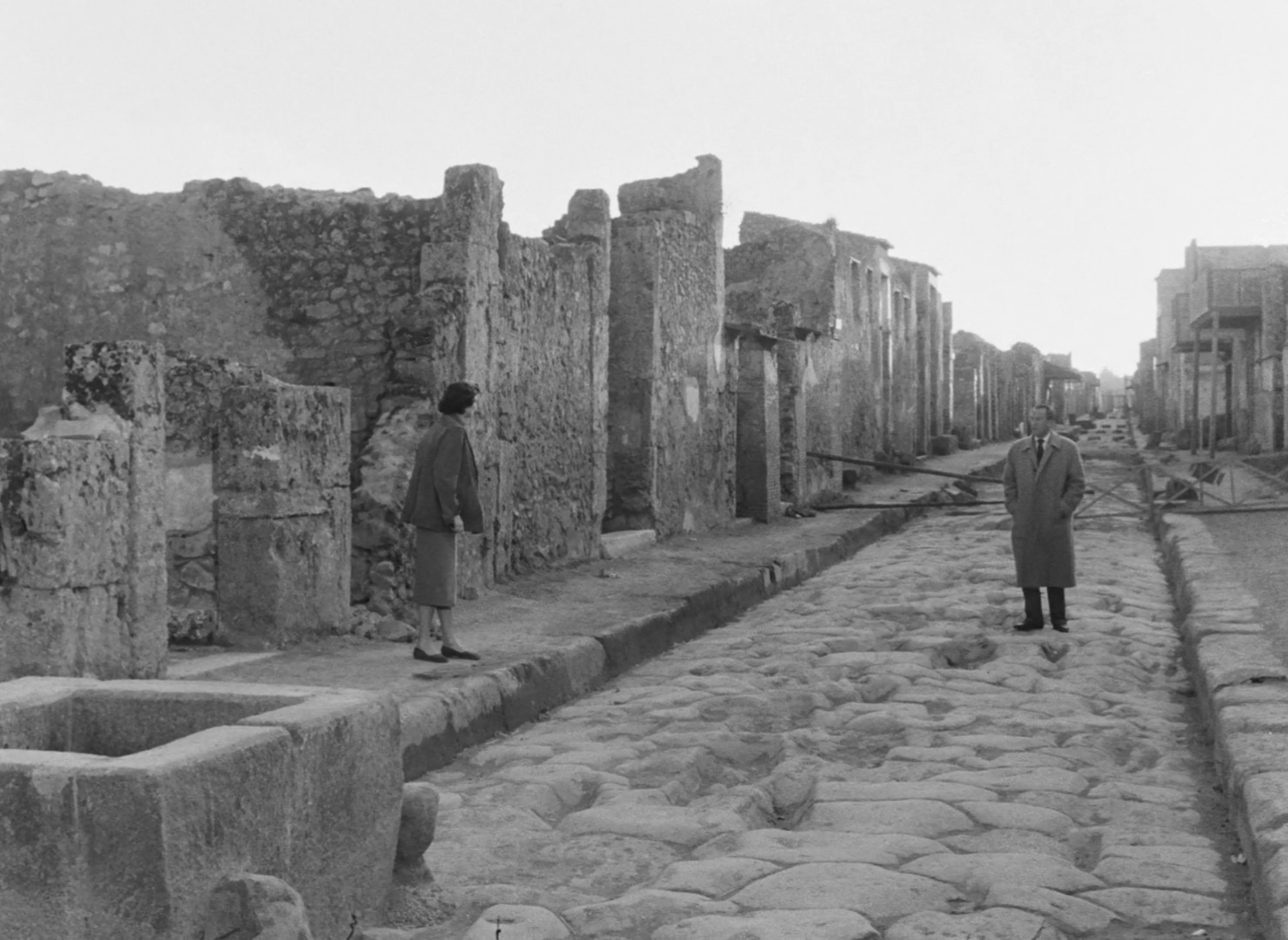
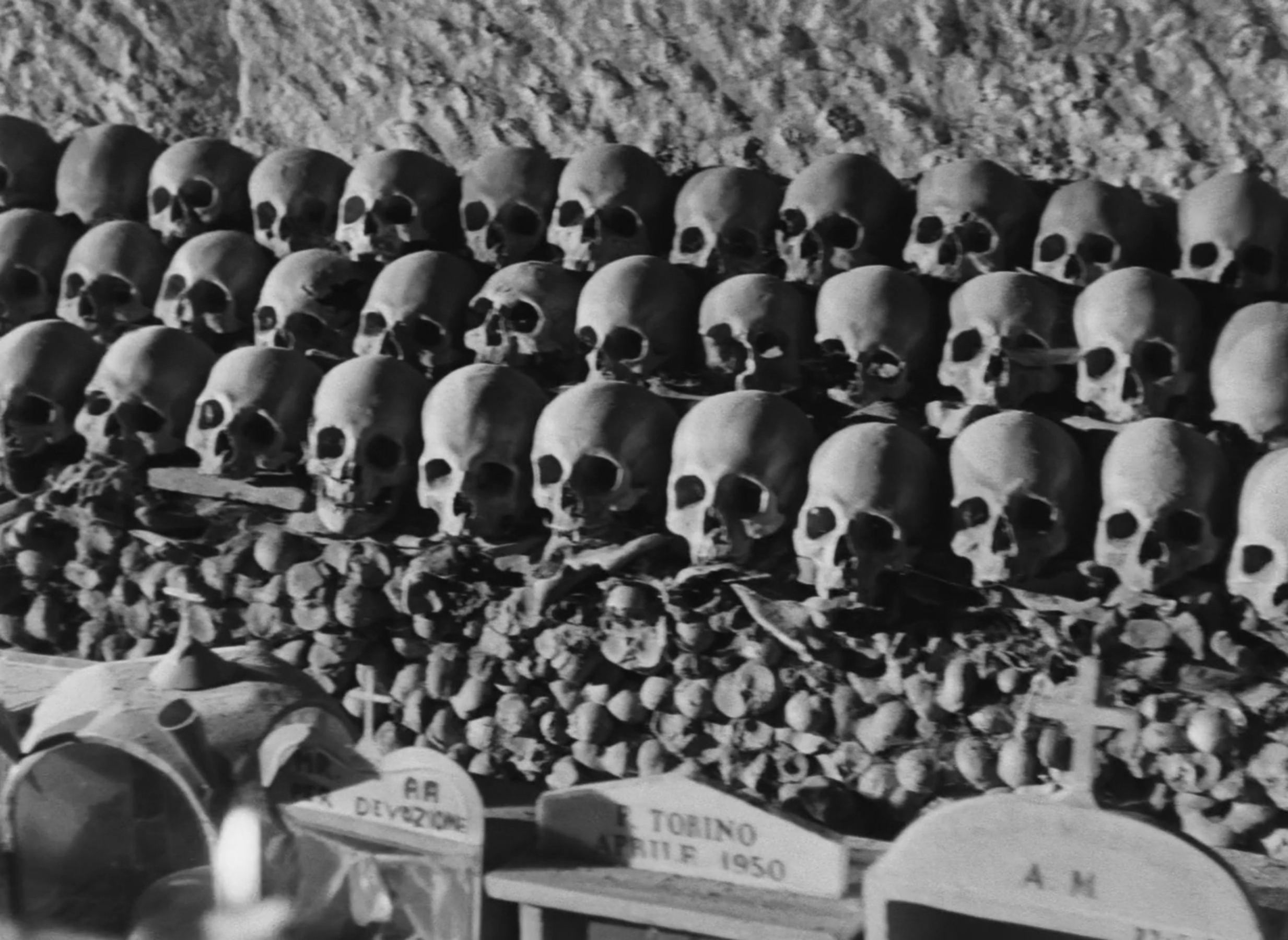
This trip from England to Naples makes for a powerful framing device in Journey to Italy, tearing this rocky marriage away from its routines, and forcing husband and wife to navigate unfamiliar territory together. The death of Uncle Homer has left his villa in their possession, and now as they venture far out of their comfort zone with the intent to sell it, Katherine’s sensitivity and Alex’s bluntness begin to amplify each other. “How can they believe in that? They’re like a bunch of children,” he disdainfully remarks upon encountering a religious street procession, to which she gives a simple, sentimental response.
“Children are happy.”
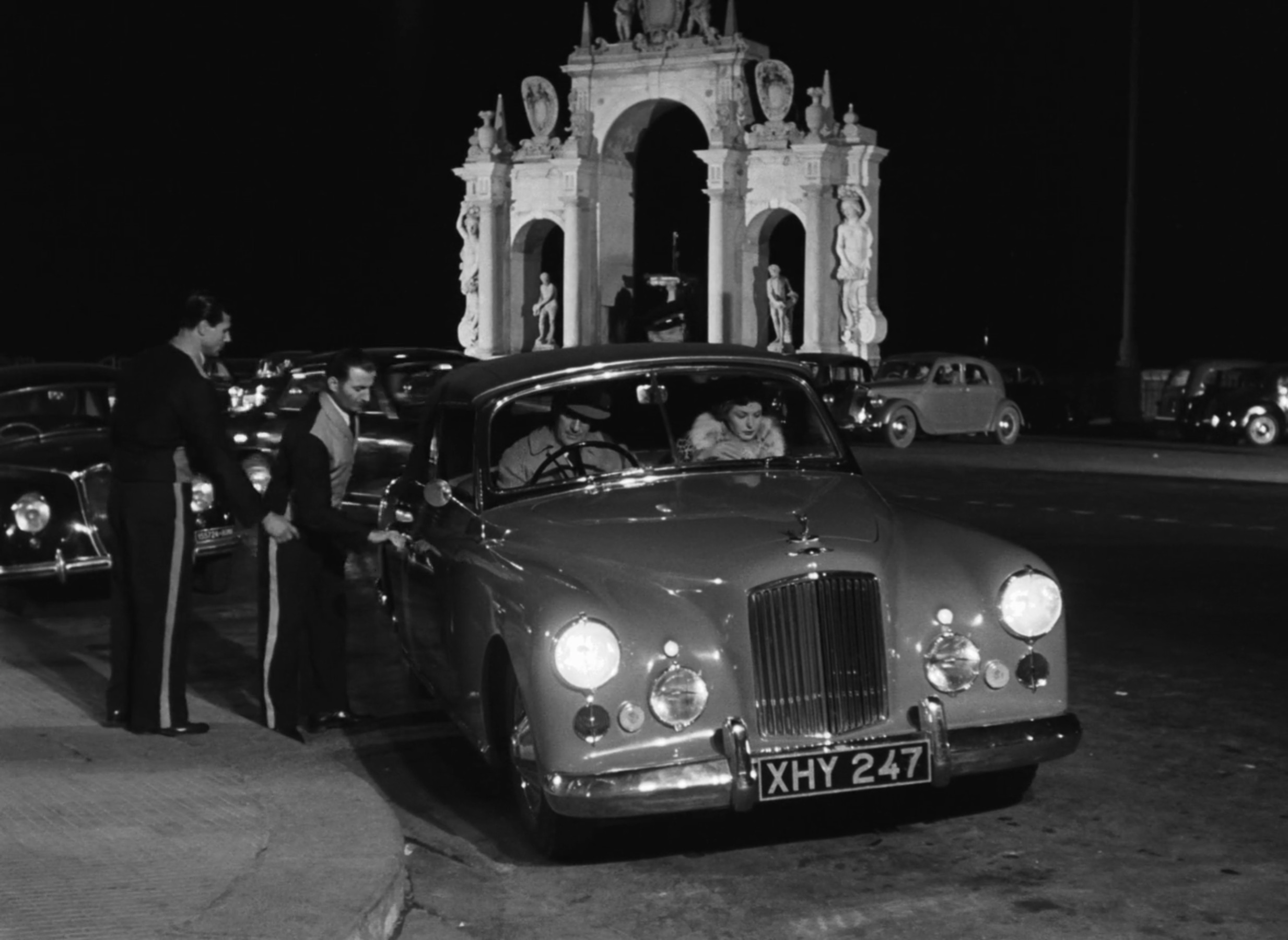
This trip is the first time they have been alone since they were married, Katherine reflects, though given the harsh visual divide Rossellini draws between them through the car windscreen, clearly their shared isolation also extends to them as individuals. From within the silence, insecurities emerge as savage barbs, and her popularity among the locals only inflames Alex’s jealousy. “It’s a long time since I’ve seen you in such a good mood,” he spitefully remarks, and soon enough they are at each other’s throats, fuelled by the ferocious strength of Rossellini and Vitaliano Brancati’s cynical screenplay.
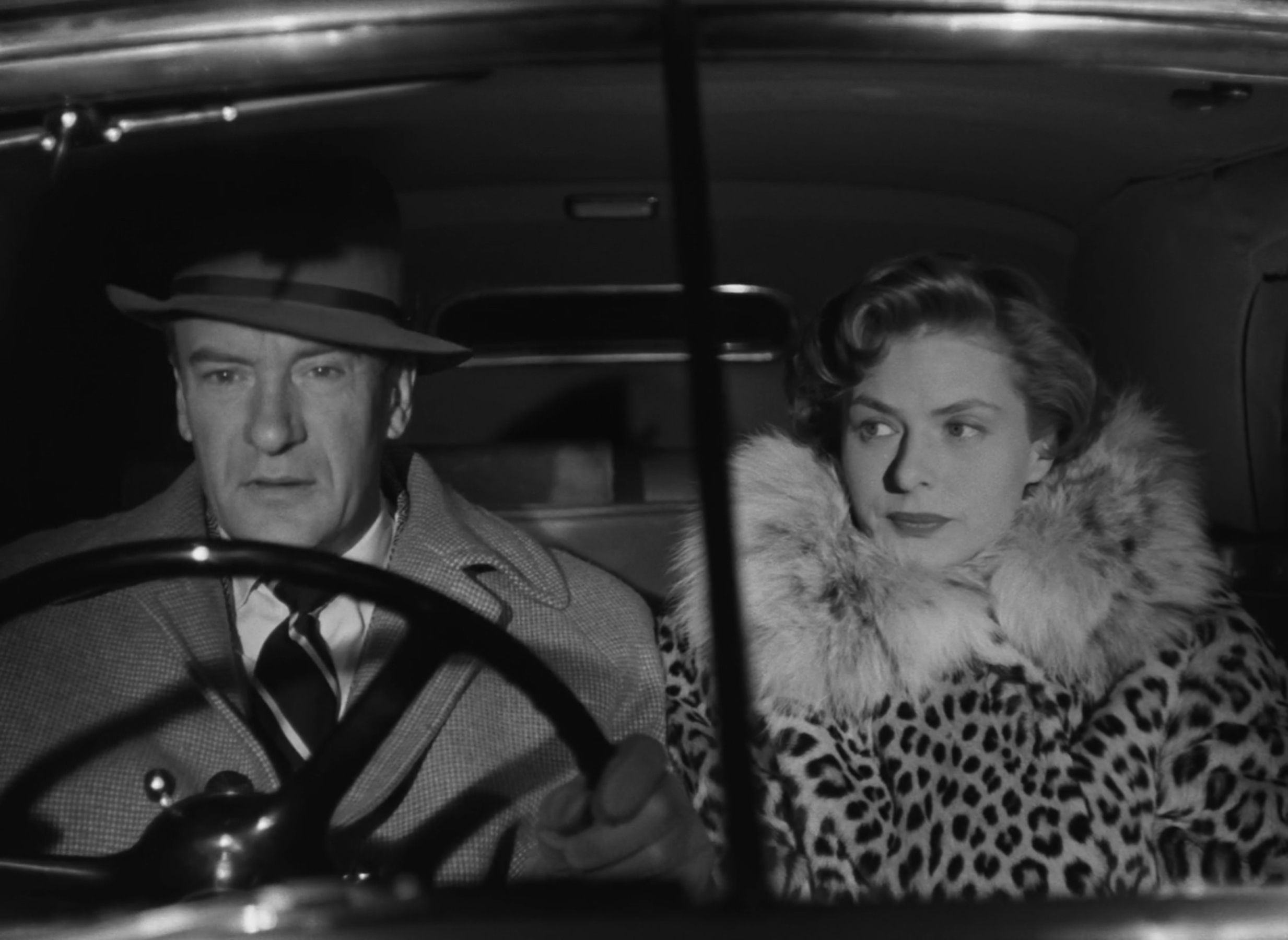
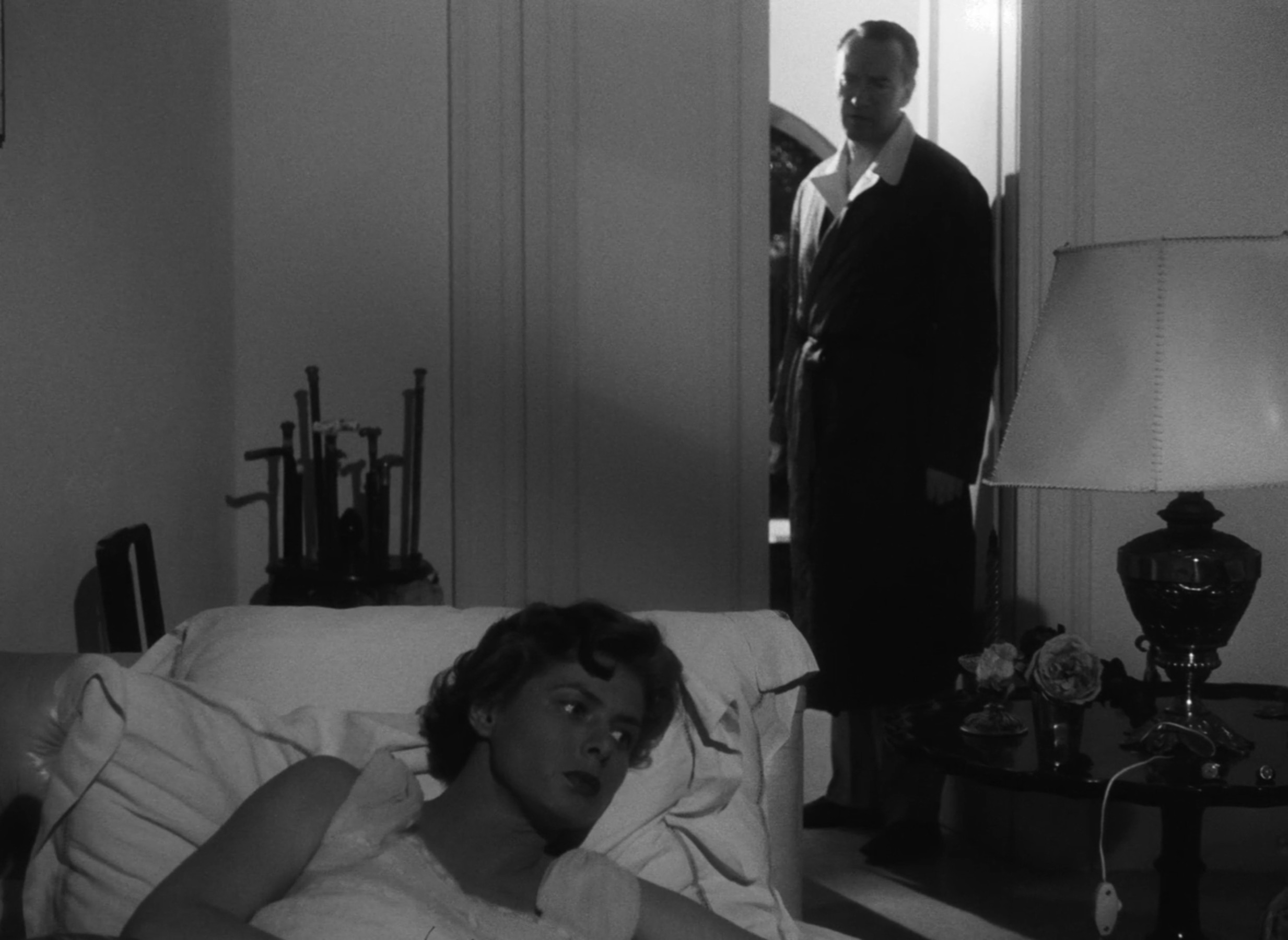
Ingrid Bergman and George Sanders are magnificent in their natural rapport, revealing years of resentment in offhand reactions and pointed jabs, and sustaining their commanding screen presences even when they briefly go their separate ways. Uninterested in the museums and historical sites that Katherine wishes to explore, Alex seeks out the company of women on the island of Capri, starting with one beautiful local. A short walk by the rugged coastline seems to be the perfect romantic setting, but when she begins to speak of her absent husband and his return that evening, Alex’s interest fades. Perhaps then the prostitute he picks up off the street corner will fulfil his longing for companionship, yet her depression and open confession of suicidal thoughts only deepen his own malaise.
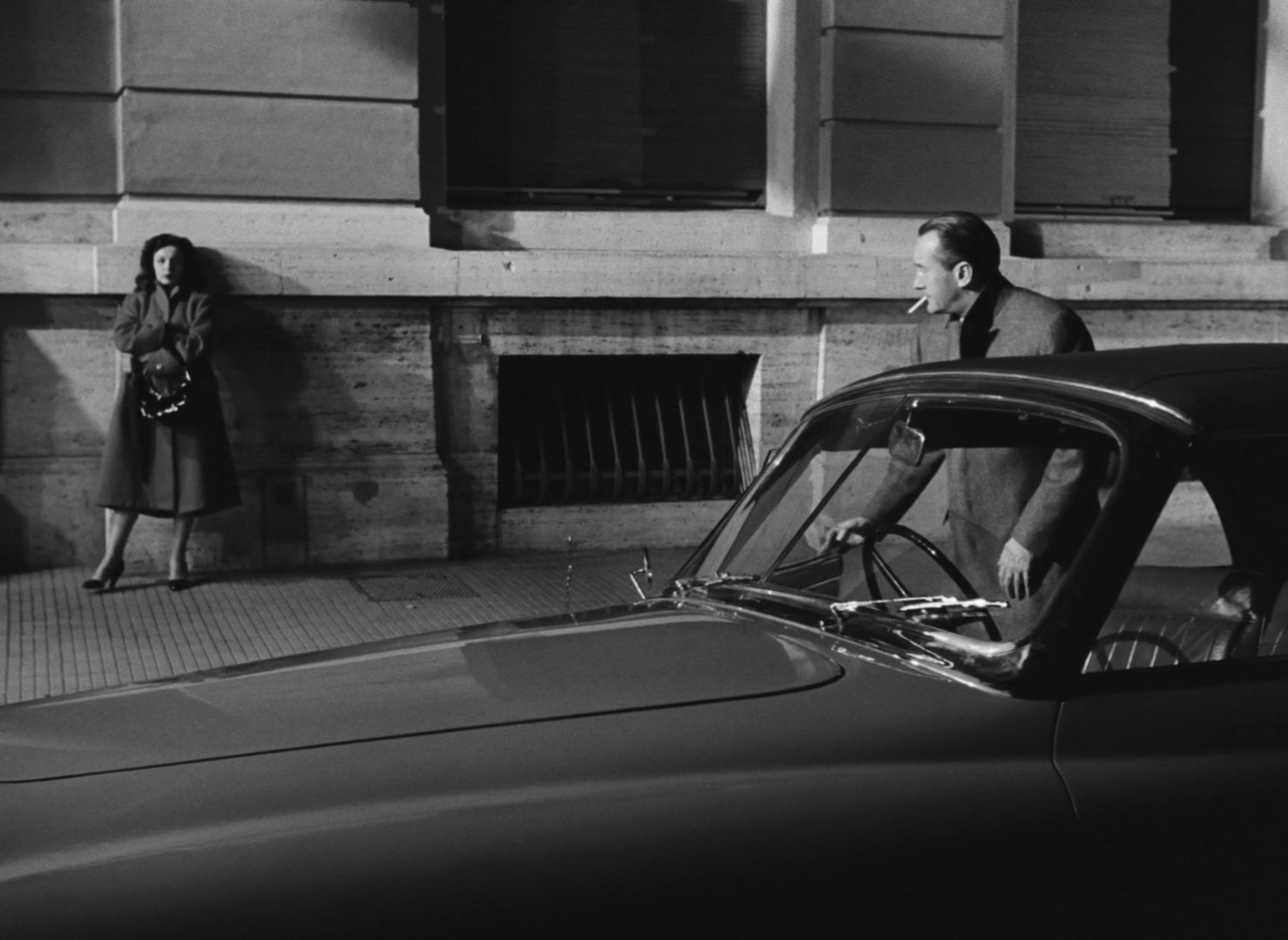
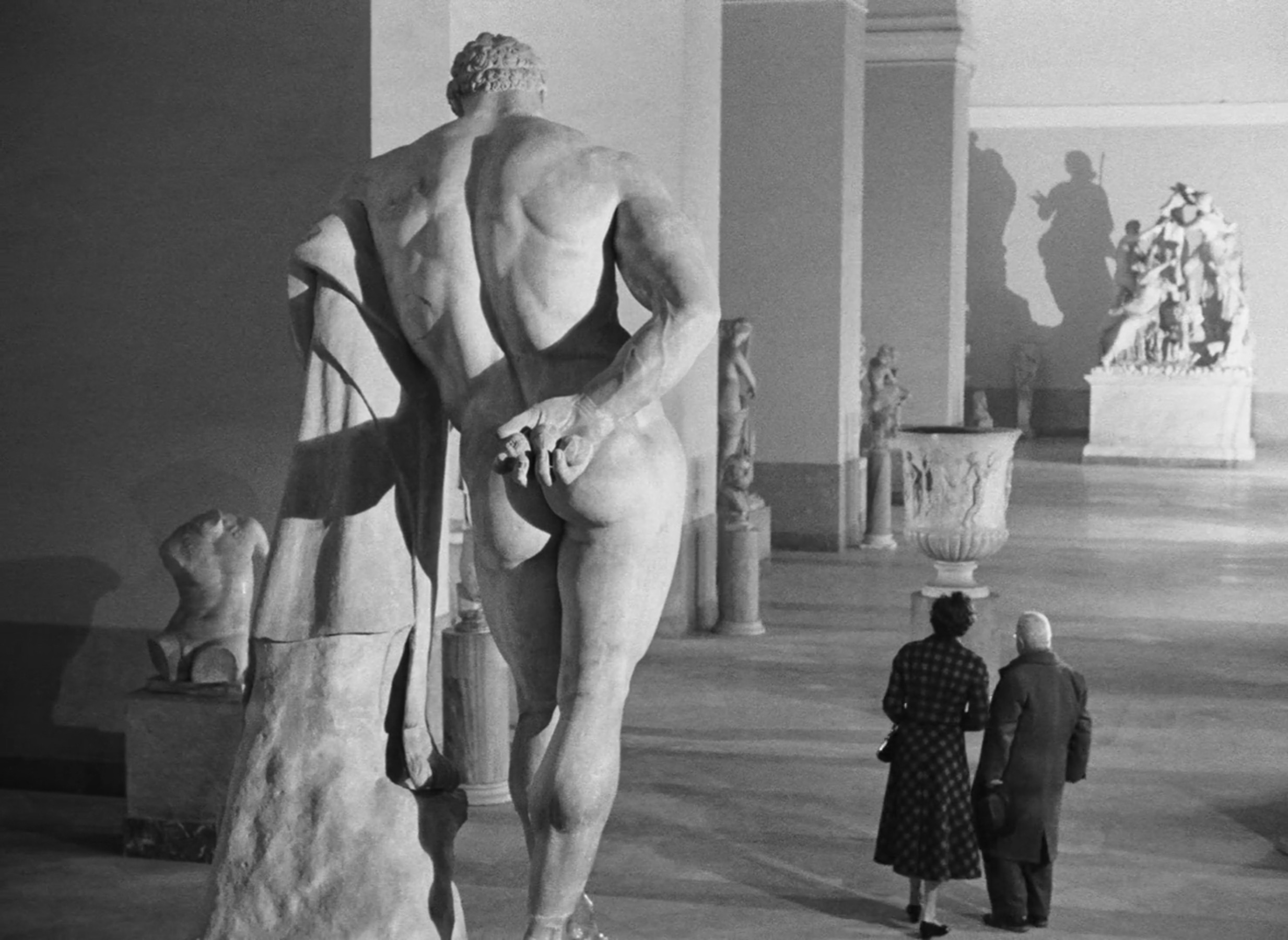
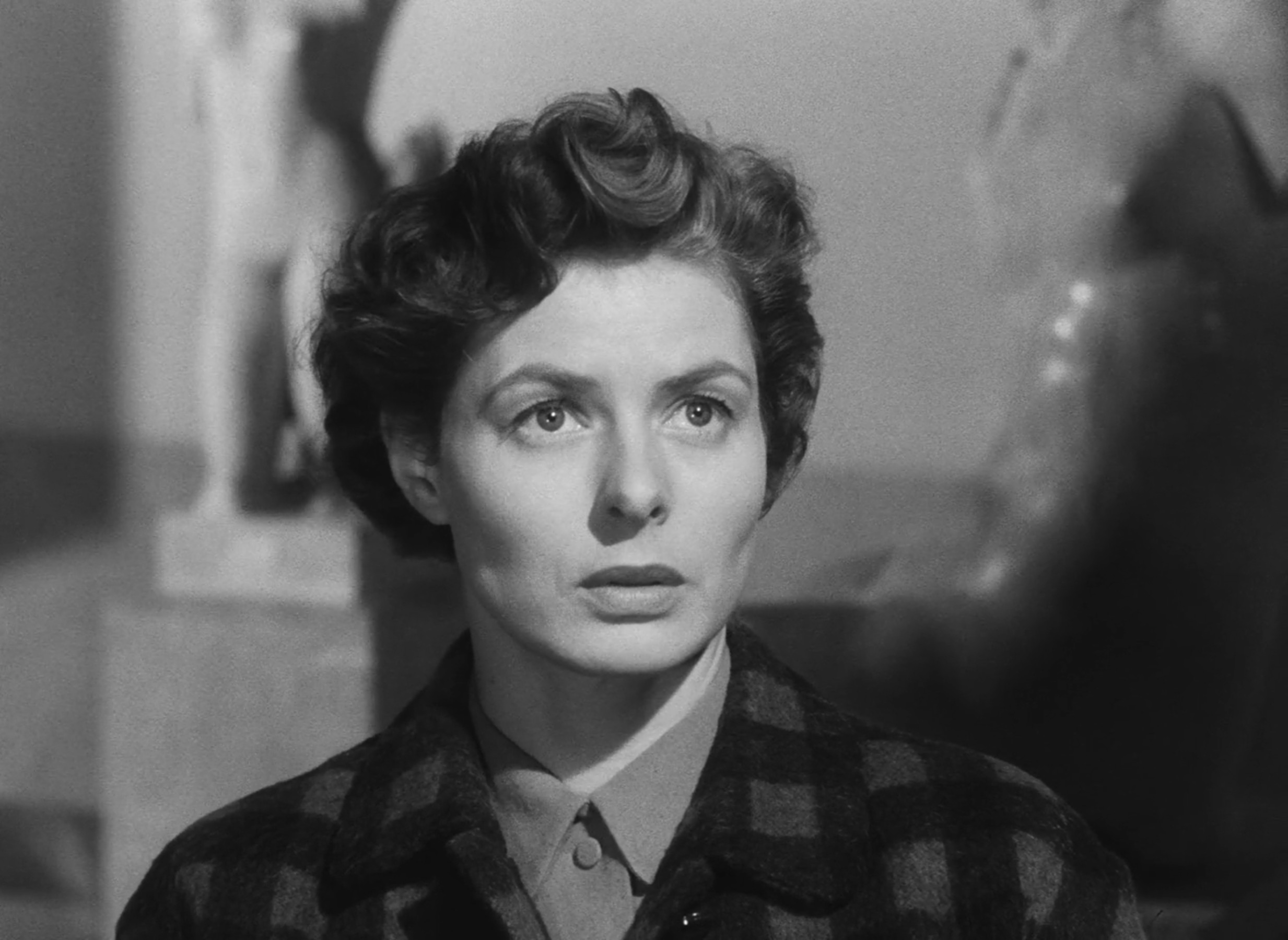
While Sanders’ performance coasts along waves of perpetual disappointment, Bergman is entranced by the mystique of Italy’s history and geography, her silent expressions reflecting a melancholy, existential awe. As a tour guide at the Naples Museum provides commentary on each exhibit, Rossellini’s camera glides across the marble faces of legendary figures, and later the Cave of Sibyl arches high over her path into the subterranean complex. “Temple of the spirit. No longer bodies, but pure, ascetic images,” her internal voiceover ponders as she wanders its rough-hewn tunnels, recalling the words of an old poet friend who passed away far too soon. Cinematographer Enzo Serafin’s gorgeous location shooting may offer her journey a raw authenticity, though this obsession with the mystical also lifts it into a spiritual realm, summoning memories of those whose spirits linger in the land of the living.
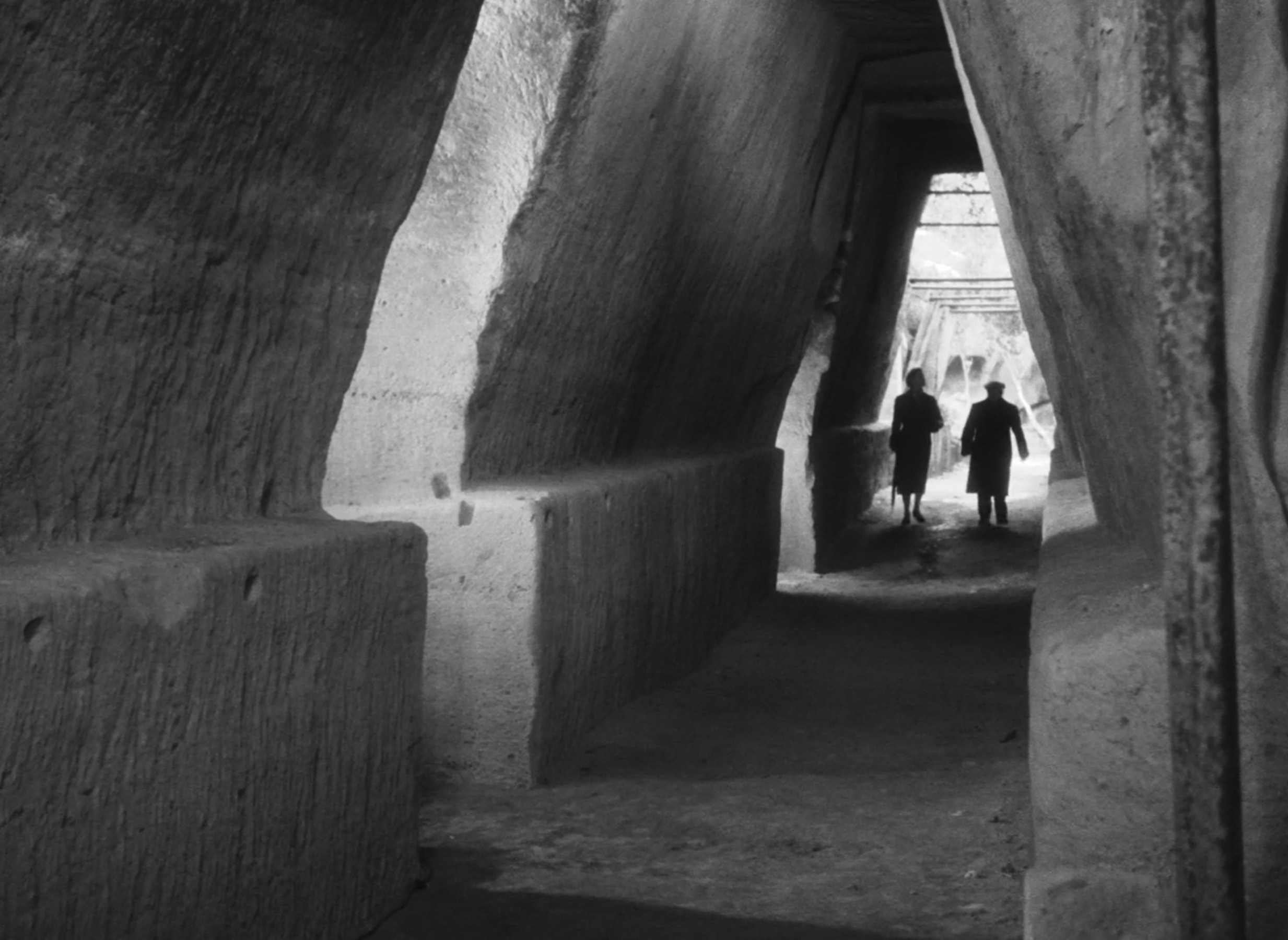
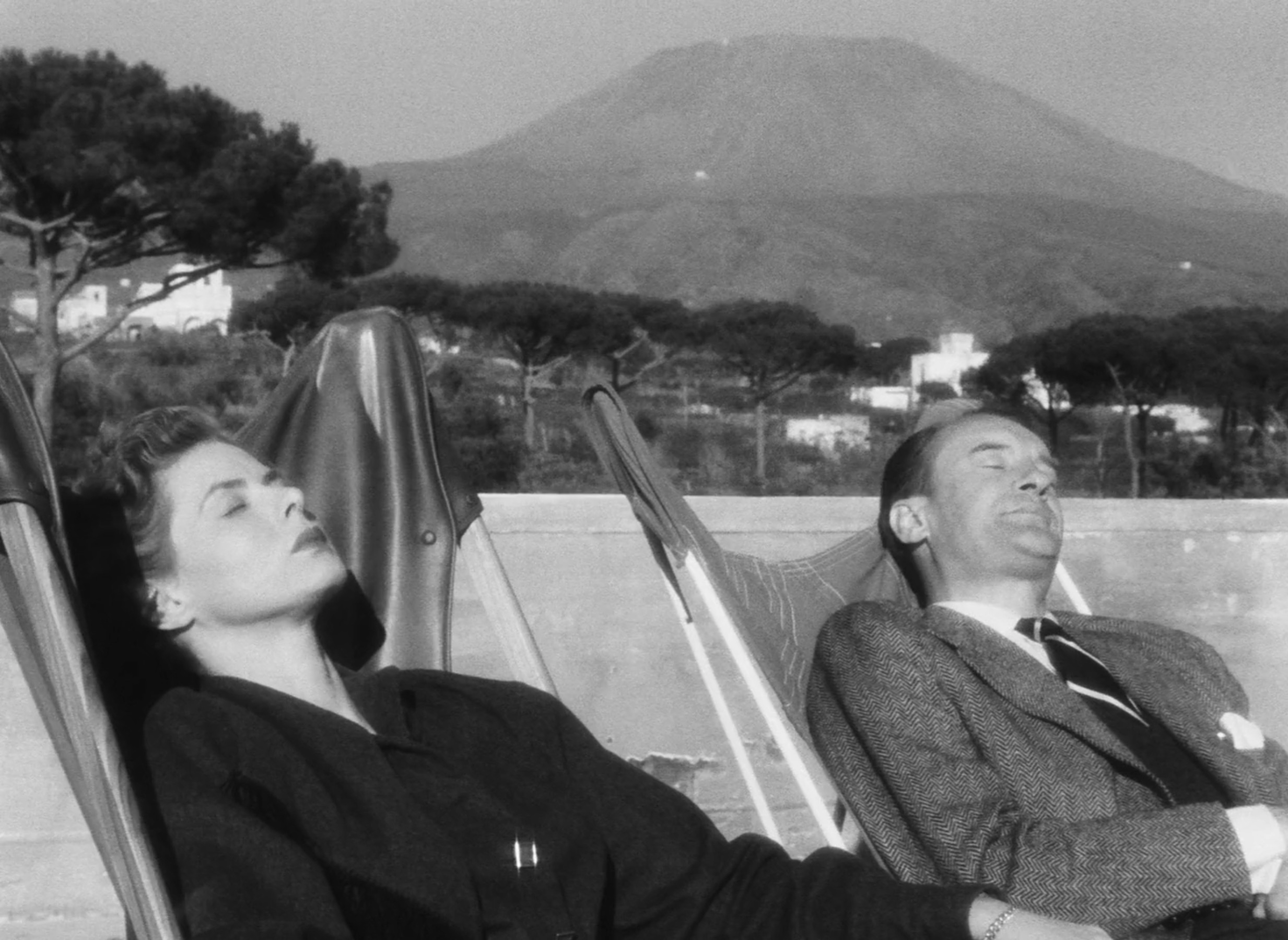
The parallels to Michelangelo Antonioni’s drifting, existential dramas are evident here, reflecting the forlorn lives of privileged characters through the architecture that surrounds them. Rossellini’s blocking too is an extension of that loneliness that constantly keeps Alex and Katherine at least an arm’s length away from each other, and which finally manifests their separation as they are physically pulled apart within a frenzied crowd. Suddenly feeling the reality of their impending divorce, Alex’s usually cold demeanour dissipates. Pushing through the current, he takes her in his arms and immediately denounces his callous behaviour.
“Catherine, what’s wrong with us? Why do we torture one another?”
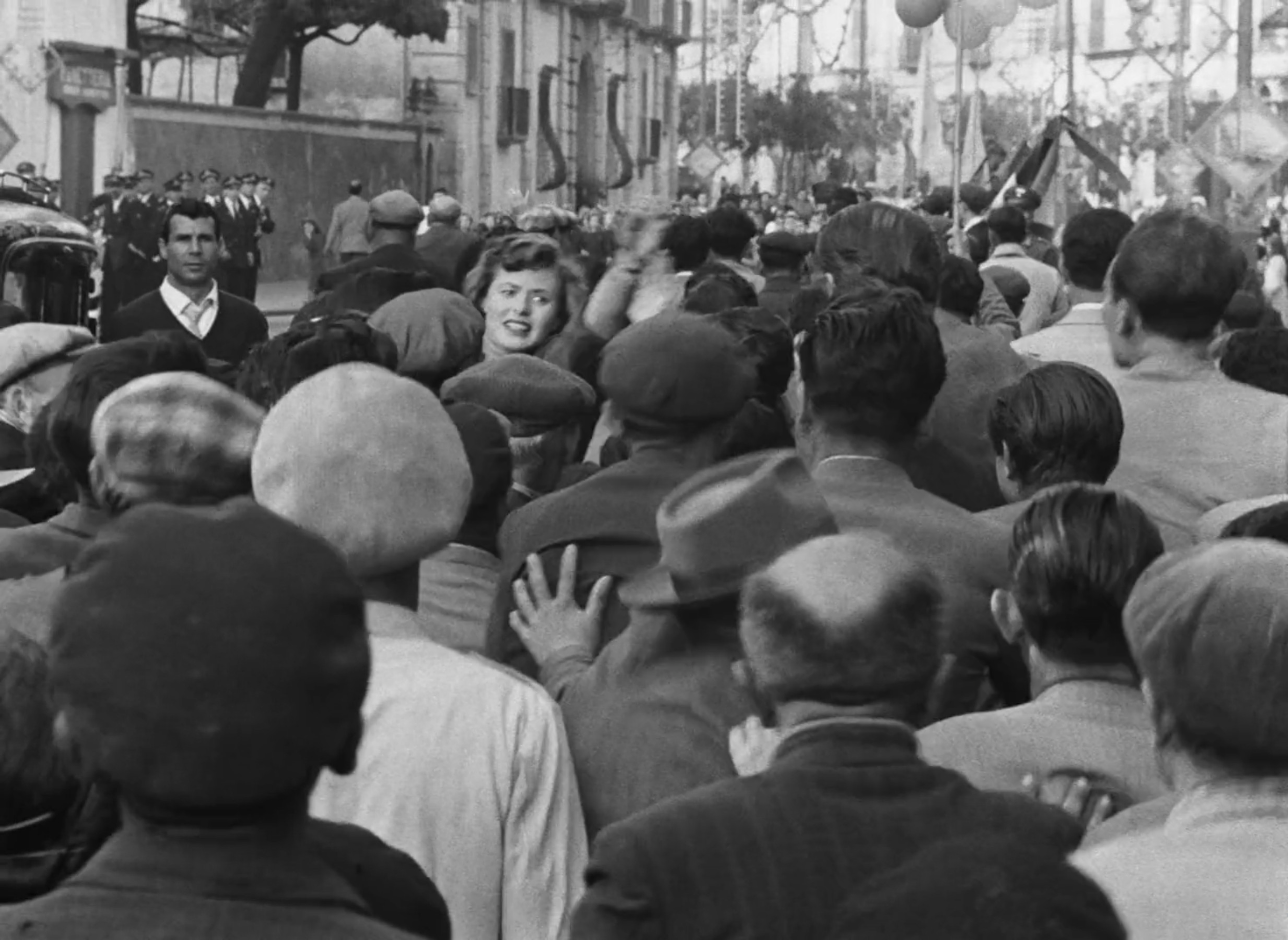
Their reconciliation is moving, if a little sudden, perhaps belonging more in a classical Hollywood melodrama than a naturalistic study of marriage and death. Even if their problems aren’t so easily resolved though, this acknowledgement of love’s endurance through adversity and estrangement is a touching final grasp at that which transcends life itself. Nowhere is its value more evident than here in the land of the dead, and as Rossellini’s reflections upon his own complicated relationship with Bergman so poignantly reveal, nowhere is one’s mortality felt more deeply than in the throes of nostalgic longing.
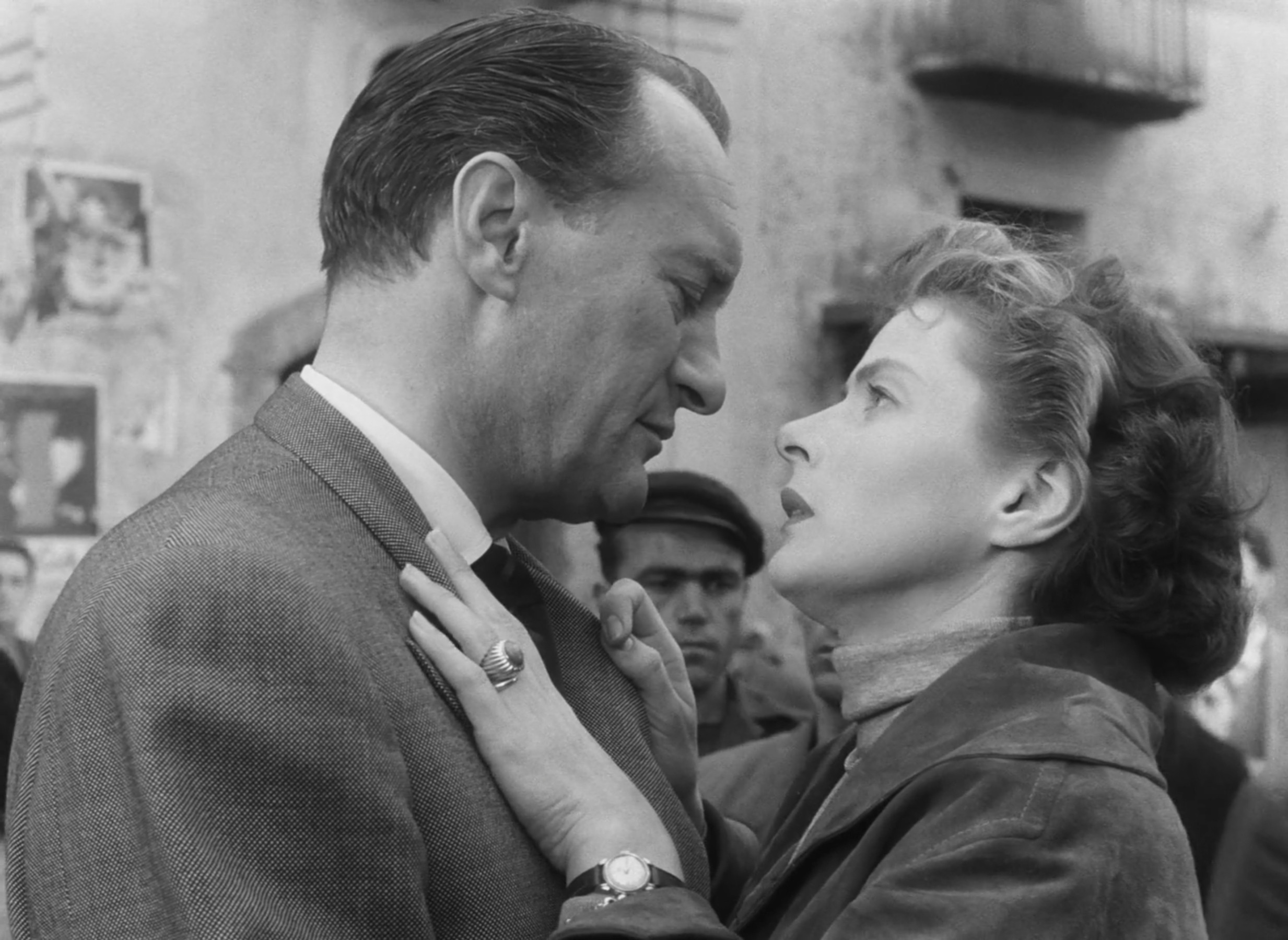
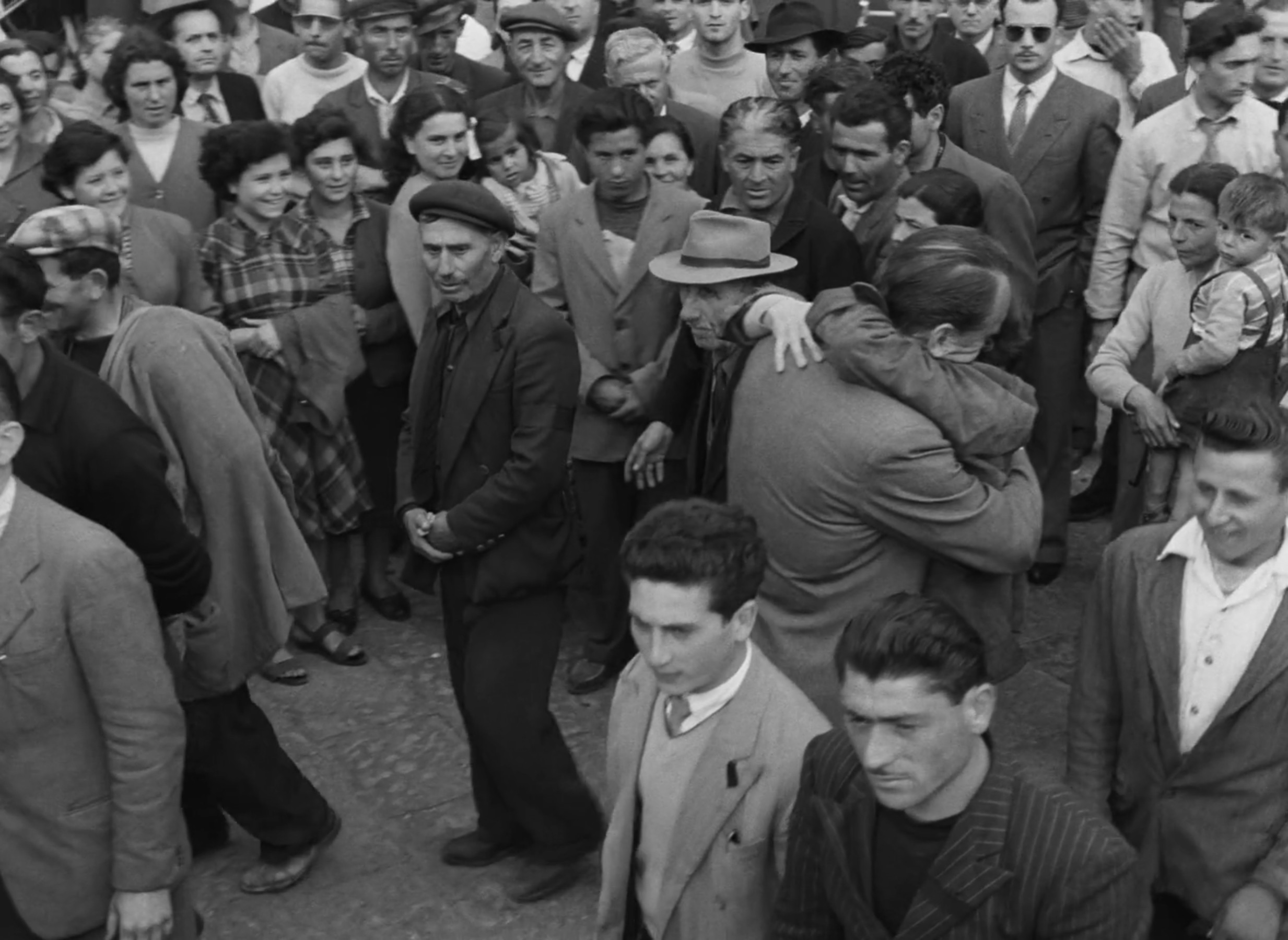
Journey to Italy is currently streaming on The Criterion Channel.

